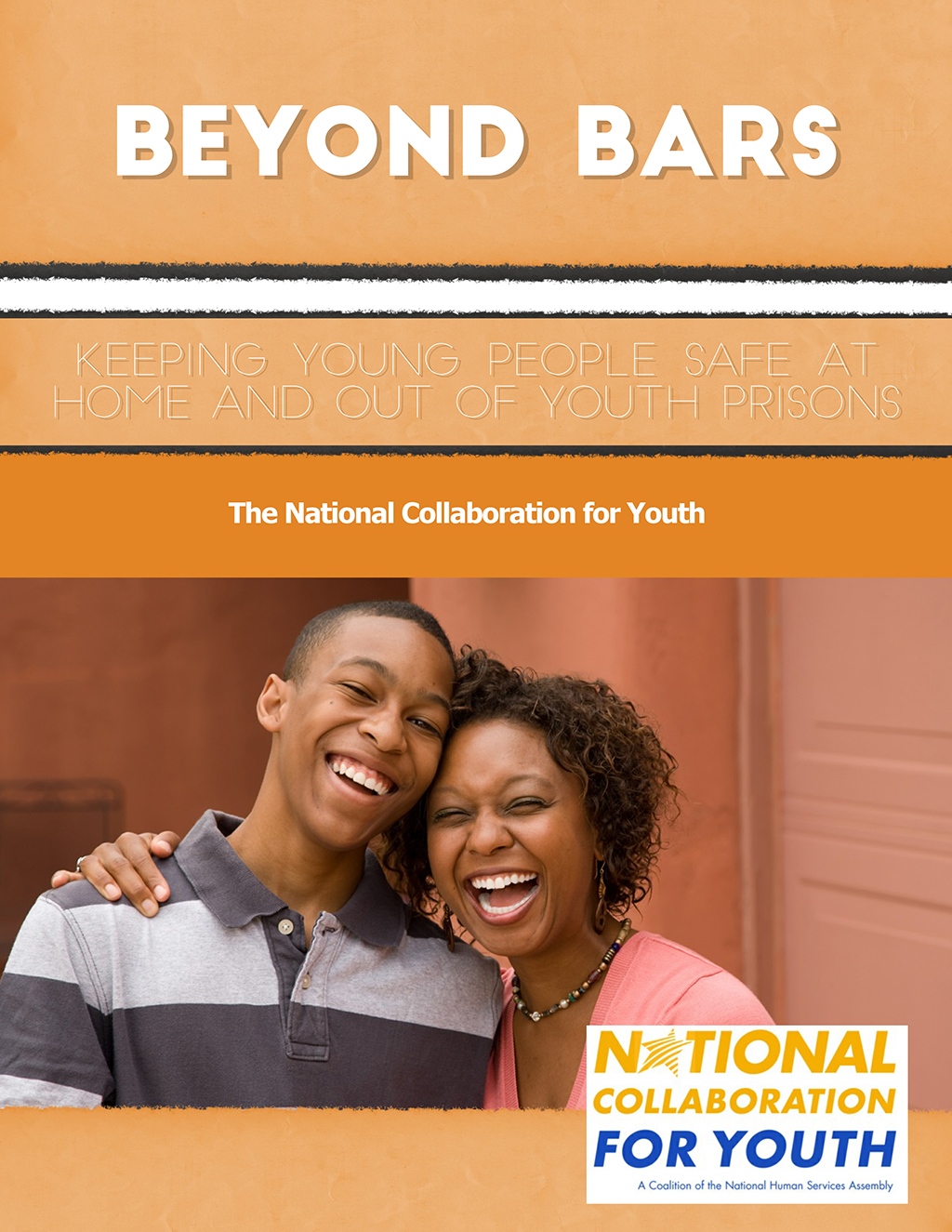
WASHINGTON — Many policymakers and advocates know they want to close youth prisons, where they say young offenders are often isolated, unsafe and go without the services they need to thrive when they return to their communities.
But what would the alternative look like? A new report released by The National Collaboration for Youth lays out the case for investment in a community-based continuum of care that is rooted in the needs of individual jurisdictions.
While many communities have nonresidential supports and services, they often lack the full range of programs to meet the needs of justice-involved youth in their homes and with the support of their families, the report said.
“Too many young people are incarcerated because the services they need are not available in their communities,” said Shaena Fazal, lead author of the report and national policy director at Youth Advocate Programs.
The authors set out guiding principles to create those continuums, which will only work if they safely decarcerate secure youth facilities, the report said. It also outlines strategies for planning and funding a continuum of care.
The guidelines include defining public safety as more than law enforcement, ensuring that services are family-centered and identifying communities’ strengths and assets. Services that are available could include helping families meet basic needs, behavioral health, substance use and economic development programs, and gang intervention and restorative justice approaches.
Hernan Carvente, 24, an analyst at the Vera Center on Youth Justice who spent four years in prison as a youth, said the change in strategy is essential. Four years after serving his time, he still feels the collateral consequences of his time locked up, including a sense that he is “bottled up.”
“Being incarcerated is not an environment or space where growth can happen in a healthy or positive way,” he said.
Individualized service plans
In the report, the authors also call for the creation of individualized service plans for youth that would deal with legal issues and youth accountability, as well as education, health, financial and emotional well-being. Those plans would depend on:
- a wraparound planning process;
- credible messengers, trusted community members who understand youth and their neighborhoods;
- family advocacy;
- flexible funding to access services for youth that fall outside the continuum; and
- crisis and safety planning.
The report cautions there are few examples of robust continuums of care around the country but pointed to successes in Lucas County, Ohio, and Tarrant County, Texas, as models.
In Lucas County, officials have developed an assessment center staffed by social workers rather than correctional officers where young people who do not need to be detained or committed to facilities can get the services they need.
Since 2013, the county has diverted 3,000 young offenders, said Deborah Hodges, the county’s court administrator. The county also has seen a steep drop-off in the number of young people booked for school-based charges, down from 204 in 2012 to just three so far in 2016, she said.
The research shows the direction jurisdictions should take, but officials have to be bold and accept that the path will not be entirely smooth, she said.
“We must get comfortable with kids falling down. They will make mistakes, just like our children do,” Hodges said.
The next step for Lucas County will be to move programming out of the courthouses and into the neighborhoods where the young people they see live, she said.
As jurisdictions try to shift from a youth prison model, they also should be mindful of how they communicate the research and data behind it to the public, said Clinton Lacey, director of the District of Columbia’s Youth Rehabilitation Services. Long-lasting success will come when communities understand what’s behind reforms, not just if they trust one charismatic leader or effective organization, he said.
“I think there needs to be a real conversation and that comes through a relationship with community,” he said.
What is the name of the program in Lucas county? I need to contact them about s youth that needs their services .
The link to the Lucas County program is: https://www.co.lucas.oh.us/index.aspx?NID=2799
I agree the more juveniles we can keep out of the juvenile system the better for the community. Where does the funding come for these type of programs? In rural areas transportation is a major problem. to get a juvenile to the system or program. I have been working on a program .The court orders juveniles as well as adults to complete Supervise community service of so many hours of supervised community service. Because there is no funding for the youth or for adults. The juvenile will come back to court and tell the judge they have not completed their community service. The adults if they don’t have their supervised community service completed they are taken to jail. Less money to prevention and more for the county community programs. Crime continues for both juvenile’s and adult’s prevention is not working as well as everyone thought it would. There needs to be funds for these centers that could help the younger adults and juveniles.